ImPort Stanley is weekly series about life and discoveries by a recent “import” to Port Stanley, ON.
If you only visit, say, once a summer to hit the beach, you wouldn’t even know this happens. Unless you catch it on the news or the Weather Network.
An ice jam in the harbour in mid-February caused a huge mess for a marina and a lesser mess elsewhere. A slow thaw of harbour ice would be preferable, but Mother Nature doesn’t always give you what you want.
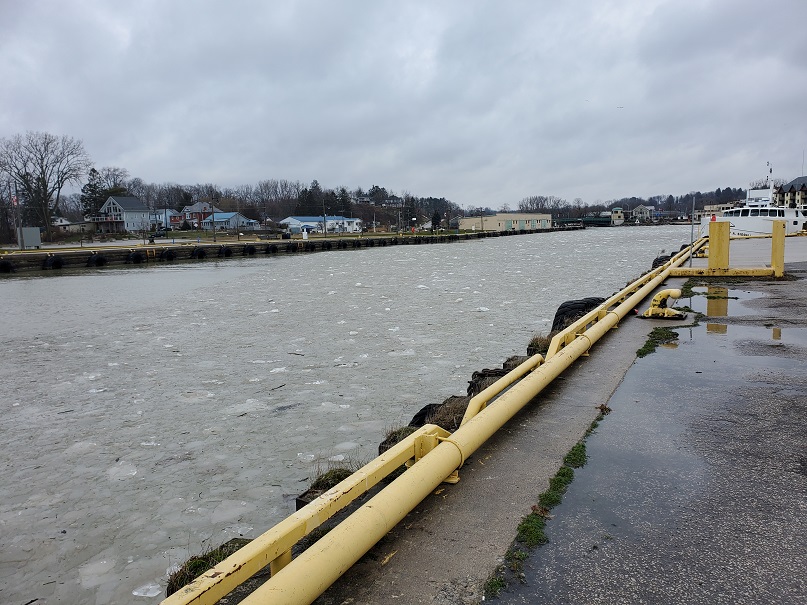
When there’s a sudden thaw, or a heavy rain, that ice starts to break up and move. When it gets hung up and piles up, the harbour floods.
The water gets full of dead-heads – giant tree limbs and unbelievably huge trunks. All of it moves down the narrow passageway. Imagine a dog trying to carry a four foot stick in his mouth through a three foot doorway. That’s what happens with the flow. Dead heads get hung up. Locals on the water’s edge said it looked like a lumberyard, Then the ice shifts and pushes against the edges. Water goes searching for something to wreck.
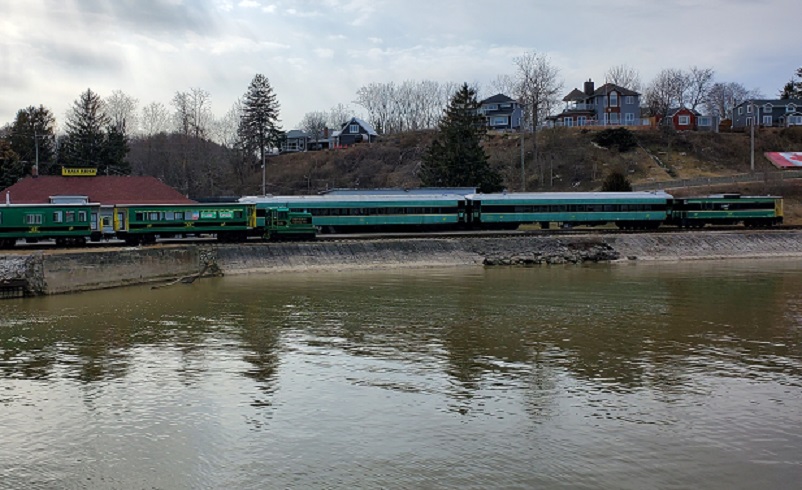
Further up into the village, past the bridge, Stan’s Marina was left under four feet of water, mud, and wood flotsam. It took just minutes for the frosty water to rush in. It’s devastating for the business. This also happened in 2019. Damage to Stan’s that year was about $150,000.
The rush of water carried the ice jam down the creek so officials lifted the King George bridge to let it all pass. It stayed that way for a couple of days. And just in case you think it’s all just twigs and branches, check out Little Beach on the first day of spring. I stood beside this tree to demonstrate scale.
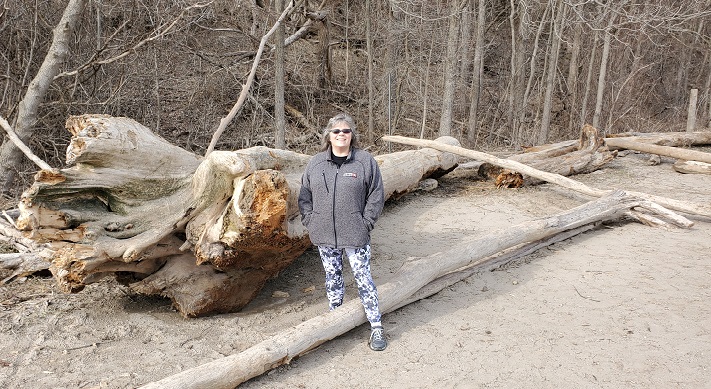
What ends up on the beaches will get cleared away long before the warm weather draws visitors to hang out for the day. A shout-out to those who maintain the beaches. They do a beautiful job of it, day in and out, all through the high season.
OLD AS ICE
Most people know about Port’s history as a fishing village. Perhaps you imagine the fishers of yesteryear took winters off when they were unable to fish. Not even close. Instead of resting up near a fire, crews were out on frozen Lake Erie to harvest ice.
Commercial refrigeration was available but not on the massive scale needed to store fish. Lake Erie provided an abundance of ice that was hauled out, cut, and stored in ice houses to keep the fish fresh. As you’ll read on one of the history panels at the harbor, they’d cut a narrow channel out to deeper water, cut ice and then float it to shore. Later, they would even drive trucks out there to retrieve the ice, which was sometimes stored outside, packed under sawdust and straw. It would stay frozen into the summer.
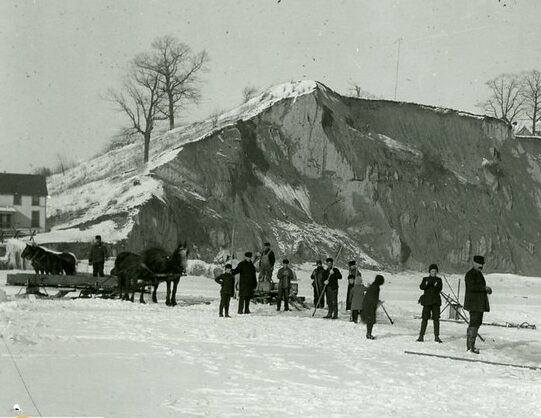
This group of men and boys harvested ice blocks and transported them via horse-drawn carts in 1910. The blocks averaged 300 lbs each.
Most homes of that era still used ice boxes. Home fridges weren’t widely popular until the late 1920s, Smaller pieces of ice from the lake went to residents for those ice boxes.
This was dangerous work for man and horse. Not to mention that it was darn cold and the ice was heavy. So much for an off-season in the fishing industry, which, although smaller, continues to this day in Port Stanley. And fortunately, so does electric refrigeration!

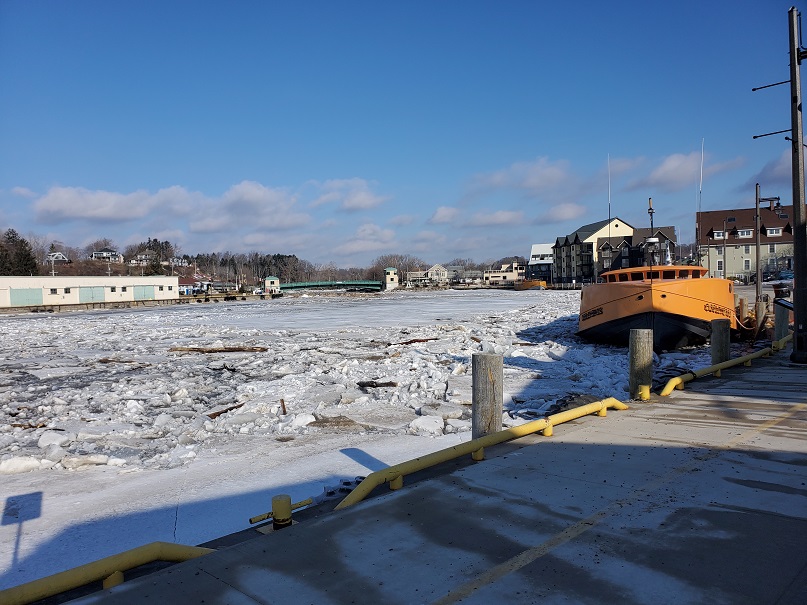
Great history piece! Thanks Lisa! FYI Once upon a time this also took place in the St. Clair River in Sarnia as it used to completely freeze over!
Thanks, Cindy. I think it probably happened along most of the lakeshores. Back then, there wasn’t anywhere else to get such huge chunks of ice. Thanks for reading.